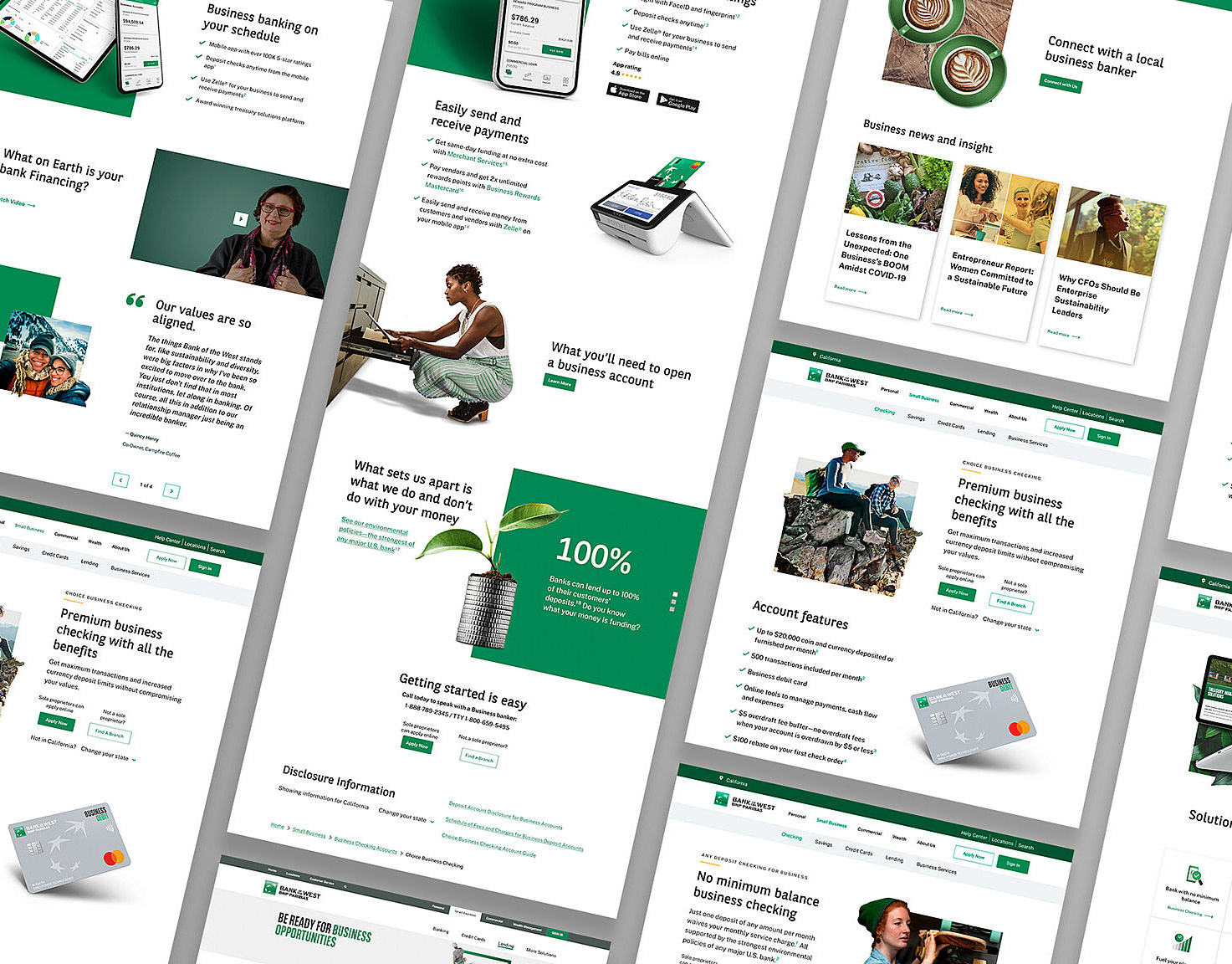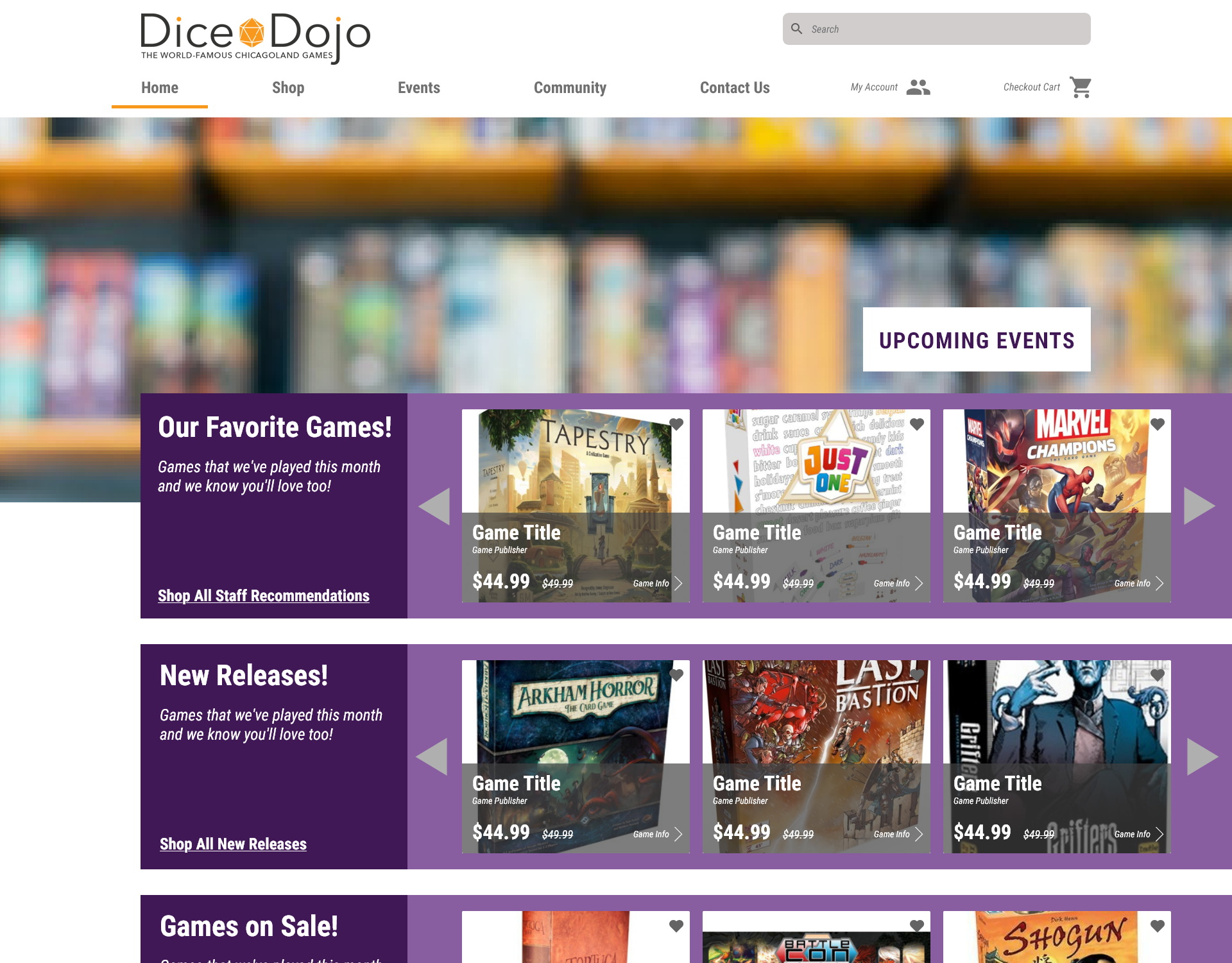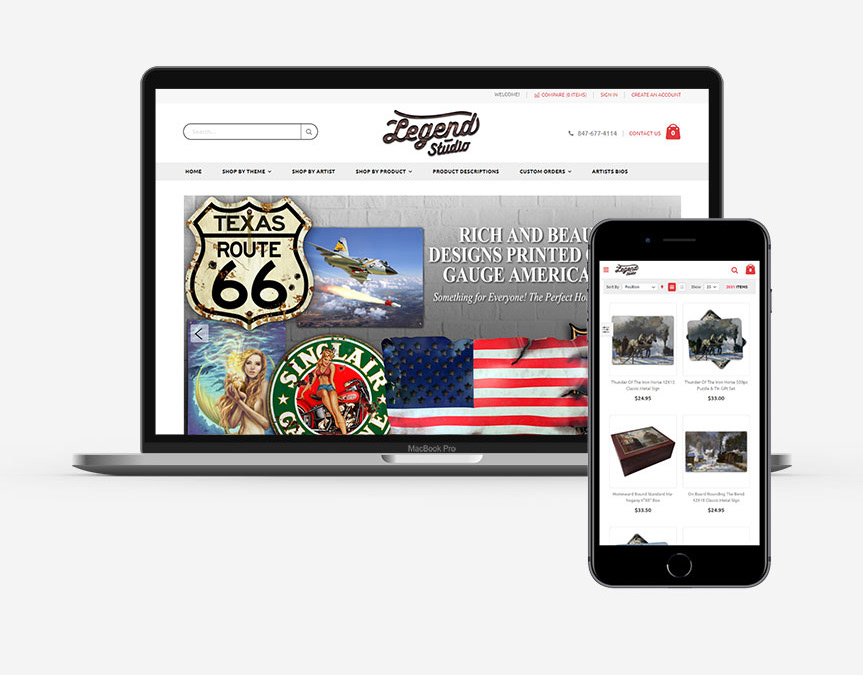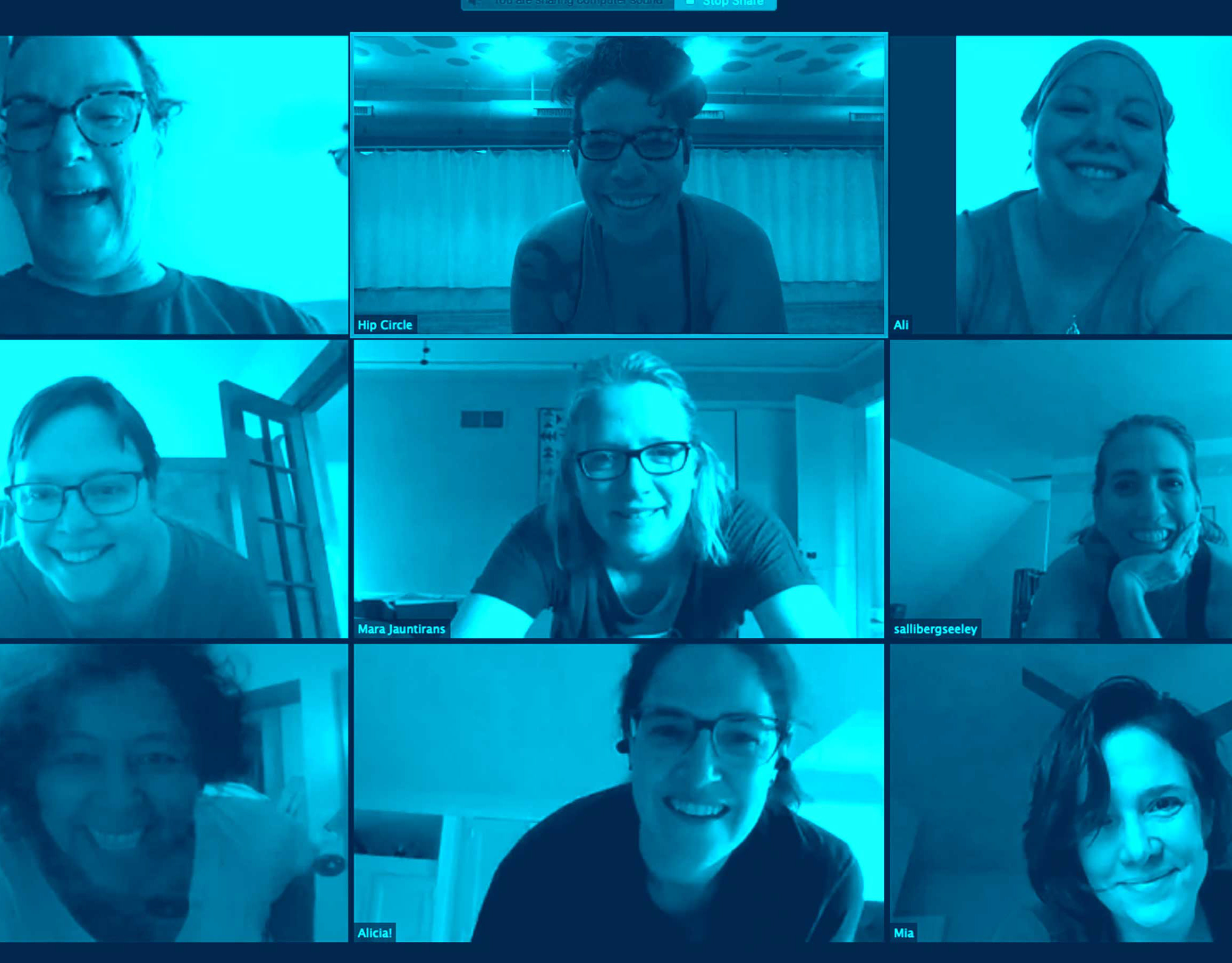A Web3 Startup looking to bridge the gap between investing and content creation
A Pitch to bring investment wealth to everyday people and creatives
The concept itself was an exploration into stock market and investors/traders behavior and how that could be translated to independent content creation platforms. The founders idea was based on a recognition of just how much financial wealth traffics through stock markets and largely enriched large corporate entities. The idea asked the question of how might we use this investment approach to instead support and enrich individual people? People working and creating right now without the support of major financial institutions.
My first immediate addition to the project was that no proposed idea could be considered a solution if it allowed for investors to exploit or manipulate the work of these creators. Though I was expecting to run into other issues while working in this space and entered this project with a guarded perspective toward upcoming ethical ramifications. It was pretty easy to imagine ways this could go wrong, but at least as a starting point, I wanted it to be clear that mutually beneficial was the only way this would ever work.
What I was responsible for was the initial research, concept development, and creation of pitch materials that our client could use when working with potential investors, legal advisors, developers, and other parties supporting the startup idea.
Discover mode lets users browse the site by finding exciting creators and content dynamically generated for them.
Project scope
Initial user and market research in relevant spaces
Development of concept and visual UI design for both a responsive web and mobile app solution
Research of financial models to be implemented
Building presentation deliverables for future investors, presenters, and developers
Project Timeline
4 months
Mobile Discover queue lets users browse and discover trending creators to support.
Research Methods
Initial Surveys - Content Consumption Focus and Investing Focus
I actually had to redo the first surveys that we sent out. A broad combination of answer choices and team assumptions about public awareness of modern content creator platforms such as Twitch and Youtube gave us data that was overcrowded with confusion.
This humbling team moment gave us a chance to more closely separate traditional media consumption habits and habits within streaming, content creating, and other digital platforms.
Interviewing Content Creators
An integral part of any developed platform like we were investigating is always going to be user buyin. I interviewed multiple media creators ranging from podcast producers, Twitch streamers, and one of the earliest featured power users of the freelance platform Fiverr.
Speaking to this wide range of creatives, I was focused on learning about their own processes and the needs they had from their tools, including the positive and negative aspects of what their individual platforms provided for them.
On the creator end one of the needs that stood out was a feeling that in order to be successful or build themselves up, they needed to be present on many different platforms that didn’t have any direct connections between all of their content and communities.
Creators also spoke to difficulties in technical and direct support on existing platforms.
Competitive/Comparative Analysis - content platforms, marketplace platforms, investor platforms
While broadly researching various companies and platforms related to our goals, we eventually narrowed down to several interesting intersections with the space we were working in. These platforms include Foundation.app and Stockx, both of these places where connecting creative and hobby marketplaces with stock trading like features.
Foundation works on the basis of an artist creating a crowdfunding style page detailing a limited edition artwork that they are or will be creating. They then create a number of “shares” equal to the limited number of that finished art product that will exist. Then users on the consumer side are able to buy/sell those shares up until the final creation of the promised art. Then the share can be redeemed for one of the limited edition artworks, or sold to other users looking to acquire the art. Fees from every consumer to consumer trade also support the artist themselves and values fluctuate as initial shares run out and are subsequently traded among users. This benefits the artists during the creation of their artwork and in the final transactions of shares redeemed for limited edition works of art.
StockX is a marketplace for limited edition sneakers. It uses a high bid/low sell offer system similar to a stock trading system and once a bid price matches up to a sell price, the system will auto complete a transaction with both parties.
We made a special callout of the Coinbase stock trading app because it had a fully featured toolset for buying and trading in cryptocurrency. We would eventually see it as an “upcoming update” or standard support in a wide range of the trading apps but at the beginning of our formal research it opened us up to thinking of how we could integrate digital currencies into any concept.
Concept Development
Opportunity
Creators currently need to utilize multiple platforms to get noticed.
Investors lack ways to directly support or invest in individual creators.
Consumers don’t have a central hub for the content that they love.
Solution
By building a platform to let creators connect to all of their projects and audiences, we can more easily bring them to the attention of motivated investors looking to support people that are sharing the content and ideas they believe in.
A Highest Bid VS Lowest Ask marketplace concept
MVP Feature Prioritization
As an early stage concept we considered a wide range of future looking features that we found exciting but did not make it into the presented designs at this stage of the process. Guiding our decision process on all of these choices where three questions:
1) How difficult would this feature be to develop and implement?
2) How large of an impact would this feature have on the overall userbase?
3) Is this feature required for the core functionality of the idea?
Using these questions as a guide we built a chart to visualize where we thought features would rank at "how hard is this to design/develop?" VS "How large of an impact would this have on the concept?"
This chart helped to guide the wireframe and prototype concept that we created for this first stage of the startup concept.
Applying feature ideas to a grid based on ease of development VS perceived impact on the platform helped to guide design priorities for this early stage of concept development.
Concerning Ethics
Traditional investing is built on complex systems of regulation and legal backing to prevent bad faith actors from exploiting the investment markets and companies. Online creator content focused platforms don't work with any of those protections. The system itself must be set up in a way that minimizes the chance to exploit it, and the platform protecting the creators is the first goal of our concept.
Creators Are Not Commodities
Philosophically, I entered this project with one major assumption from my own understanding of stock trading. I would not sign off on a concept that allowed "investors" to exploit and commodify the creators they are supposedly on the platform to support. We explored a wide range of subscription and transaction models in use by content platforms and presented aspects of multiple options that best aligned with the goal of protecting the creator side of the exchange while still creating opportunity to for supporters to gain value.
Researching BAT
One of the interesting explorations was in the question of "how might we convert the popularity of a creator into a financial return for supporters?" Researching this led me to an existing cryptocurrency called Basic Action Token (BAT) which is currently generated by and used to pay users for actively choosing to interact with ad content and videos. The limitation of this technology currently is that it is only available to users of a specialized web browser called the Brave browser. We believe it is an interesting and future looking technology that in theory can tie the creation of value directly to the consumption of a creators' content. Depending on the other support model implementations, that value can be used to support creators, investors, or the platform as a whole.
Frequent Trading VS Ongoing Support
One of the most notable discrepancies between stock trading behavior and creator support behavior is the frequency in which stock investors might buy and sell individual stocks. For a creator platform the goal is to create a stable revenue that supports the ongoing efforts and output of the creator. A model where supposed supporters were adding and removing their money on a frequent basis would not be helpful to them and could be used to artificially manipulate the perceived value of that person. The negative professional, financial, and psychological harm that could inflict on our creators was the single most important red flag to avoid.
Along with recommendations based on more traditional subscription and direct transactions, I also presented the idea of transaction fees that directly pay creators. This would be a portion of every transaction by an investor that is either buying into or selling out of their support of a creator that goes directly to that creator at the time of the transaction. I saw this idea as a sort of safety line that would protect our platform creators from users that are frequently "buying and selling" their support. These would supplement the regular payouts from a more subscription focused model. Basic platform fees and taxes are an established part of both stock trading and content platforms. They're frequently handled behind the scenes on the content side but are explicitly written out in all investment transactions.
Presentation & Next Steps
The final presentation to the founders covered four main areas. It also featured a prototype walkthrough of a desktop version of the platform that was designed.
01. Problem Vs Solution - How can we fund individual creators and connect them to motivated investors
02. Market & Competition - What we’ve learned from products in similar spaces
03. Product - Building a powerful platform concept for creators to connect to investors
04. Business Model - Looking to cryptocurrency to power transactions
Next Steps
The goal at this stage was to create presentation graphics that would form the basis for a pitch deck used by the founders in their efforts to connect to developers, investors, legal advisors, and all other future supporters and team members. One of the purposes of researching a wide range of financial models was in expectation that many of these options will not work but are worth having legal and financial teams explore.
On the concept and UI side, future work includes the creation additional search and filter tools and categories of browsing, as well as the concept and development of community centered features and a backend of tools available to creators to help them in developing, hosting, and sharing the things that they are making.
Metric and tracking tools can be quite similar for Creators and Investors, with both parties interested in common performance statistics.
Conclusion
I don't know that we solved the idea of "how can we merge the way we support individuals with the way we invest in companies?" The issue is inherently complex. The stock market necessarily works under massive regulatory bodies with legal backing. Replicating that completely as an individual private entity is likely simply not possible, but as a conceptual starting point offers may ways of reconsidering traditional creative market structures. But, following this research, I am more interested in these philosophical lessons we can take from traditional investing to widen the options that exist for how we support individual creators.





